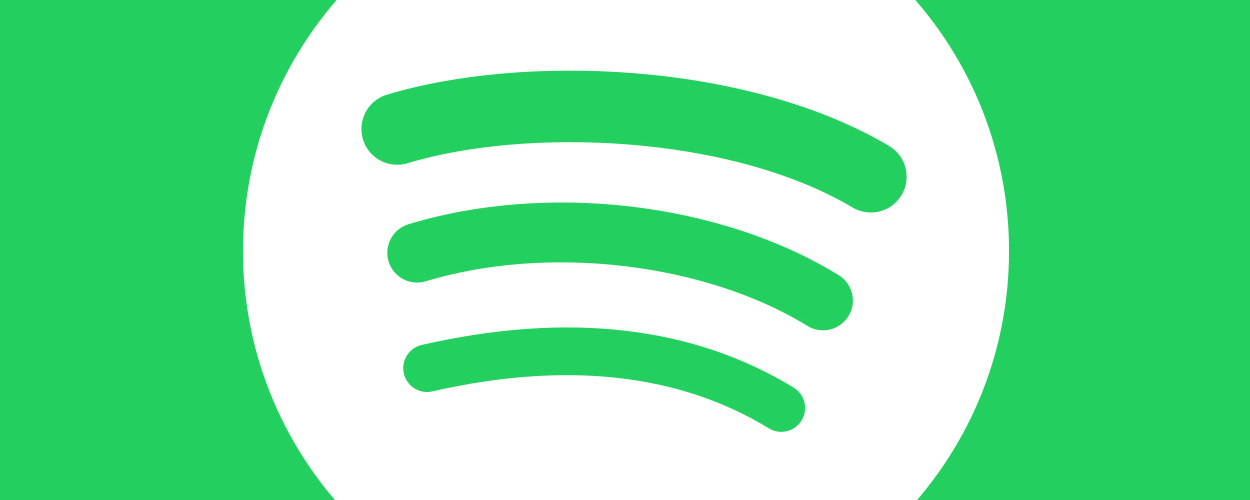This website uses cookies so that we can provide you with the best user experience possible. Cookie information is stored in your browser and performs functions such as recognising you when you return to our website and helping our team to understand which sections of the website you find most interesting and useful.
Business News Digital Top Stories
Spotify boss discusses price rise strategies in latest investor report
By Chris Cooke | Published on Friday 30 October 2020

Spotify bragged yesterday about its six million new premium subscribers, the billion-plus euros it is paying to rightsholders each quarter, and the recovery of its ad sales business after an early year COVID wobble. Though perhaps the most interesting remarks in the market-leading streaming firm’s latest quarterly investor report related to price increases.
In terms of top-level stats, Spotify revealed it now has 320 million users in total, with 144 million signed up to premium packages. Revenues for the quarter were up 14% year-on-year to 1.98 billion euros, with subscription revenues up 15% and ad revenues 9%. The streaming firm remains a loss-making business, but losses were down.
So, there are some nice stats. In an accompanying letter to investors, CEO Daniel Ek talked up his company’s growing podcast business, and how its original and exclusive podcast programmes are an increasingly important part of the mix. Although he remembered to mention music too, highlighting some big new releases that are on the way. All this great content is engaging more people, and persuading more free users to upgrade to premium, and increasing “listener value per hour”.
That latter point is important, see, because “if engagement and/or our listener value per hour is high, it gives us the ability to selectively increase our price”. And while growing the overall userbase remains Spotify’s top priority, Ek says “we’ve seen engagement and more specifically value per hour grow substantially over the past few years. I believe an increase in value per hour is the most reliable signal we have in determining when we are able to use price as a lever to grow our business”.
Spotify’s premium price-point has become an increasingly important part of the debate within the music community regarding the streaming music business model. Because streaming is ultimately a revenue share business, if the music industry wants to sustain or increase the average pay-out per stream, the easiest way to do that is increase the price paid each month by each subscriber.
Until recently Spotify – focused, as it is, on growing the overall userbase – was generally resistant to price rises. Even though that means, because of inflation, the basic subscription rate has been slowly going down each year, even before you take into account the impact of Spotify’s discounting, bundling and multi-user plans. Some also note that, while the base level Spotify rate has been more or less static ever since its launch, Netflix type services have slowly increased their prices.
That said, clearly the price has to go up at some point. And in more recent years Spotify has been experimenting with price rises in its most mature markets in Scandinavia. Meanwhile, in this latest investor report, the company confirms that it has now also increased the price of its family plan in seven markets: Australia, Belgium, Switzerland, Bolivia, Peru, Ecuador and Colombia.
Ek continues in his investor letter: “While it is still early, initial results indicate that in markets where we’ve tested increased prices, our users believe that Spotify remains an exceptional value and they have shown a willingness to pay more for our service. So as a result, you will see us further expand price increases, especially in places where we’re well-positioned against the competition and our value per hour is high”.
Though, of course, as even the most vocal supporters of price rises in the music community concede, 2020 is probably not the year for significant price increases across the board. Ek adds: “I would, however, throw in one big caveat, we will continue to tread carefully in these COVID times to ensure we don’t get ahead of the market”.
And just to confirm that – while price rises are now very much on the agenda – overall audience growth remains Spotify’s main priority, Ek concludes: “There are still billions of listeners that we have yet to reach around the world. Listeners who try Spotify tend to stay, and they often convert to a subscriber. That is why our continued focus is on reaching more listeners, as ultimately, this will translate into long-term value for our investors”.





